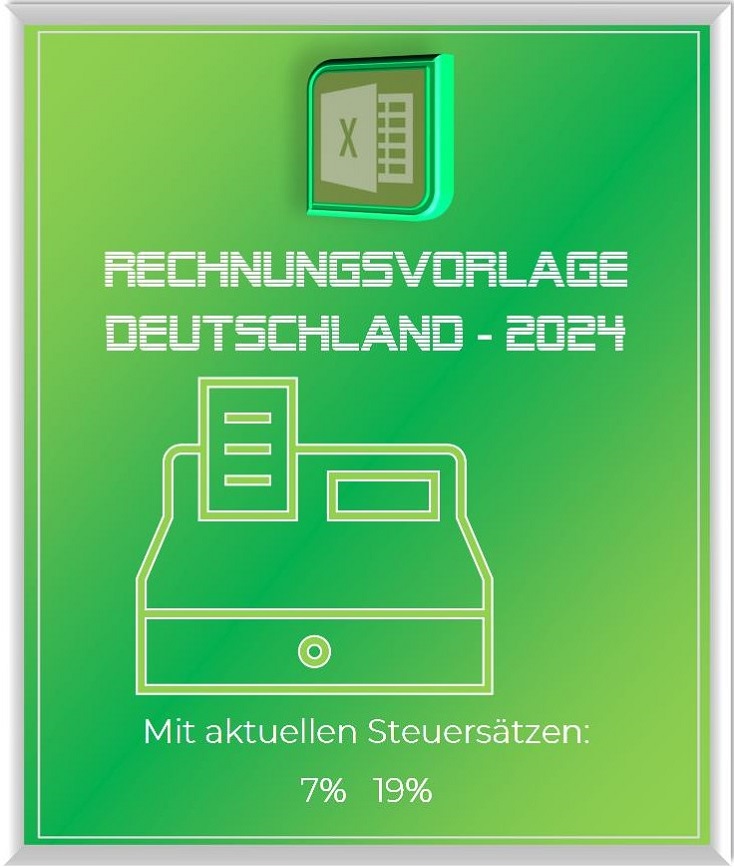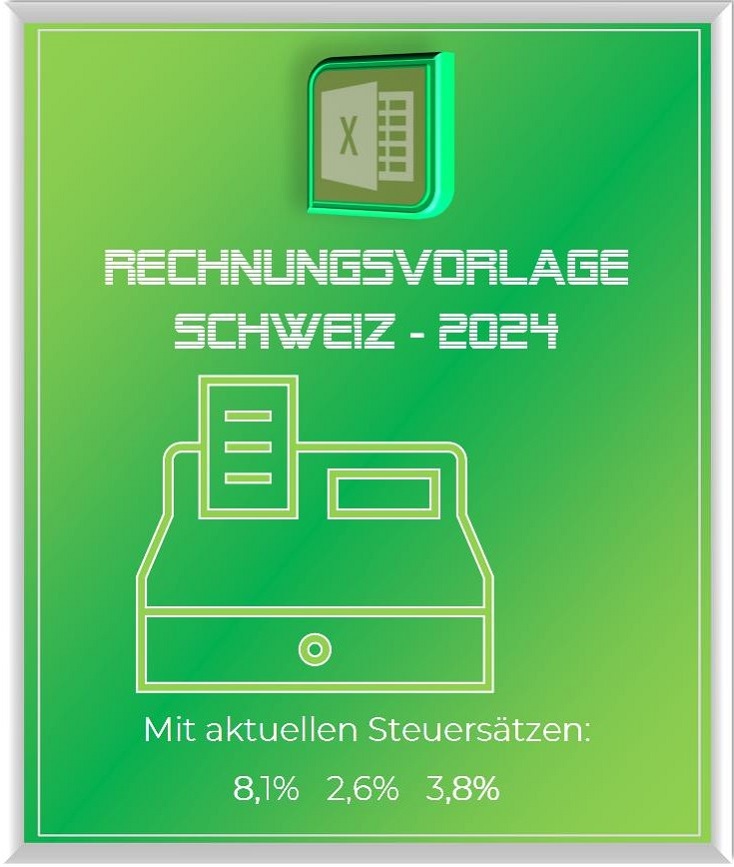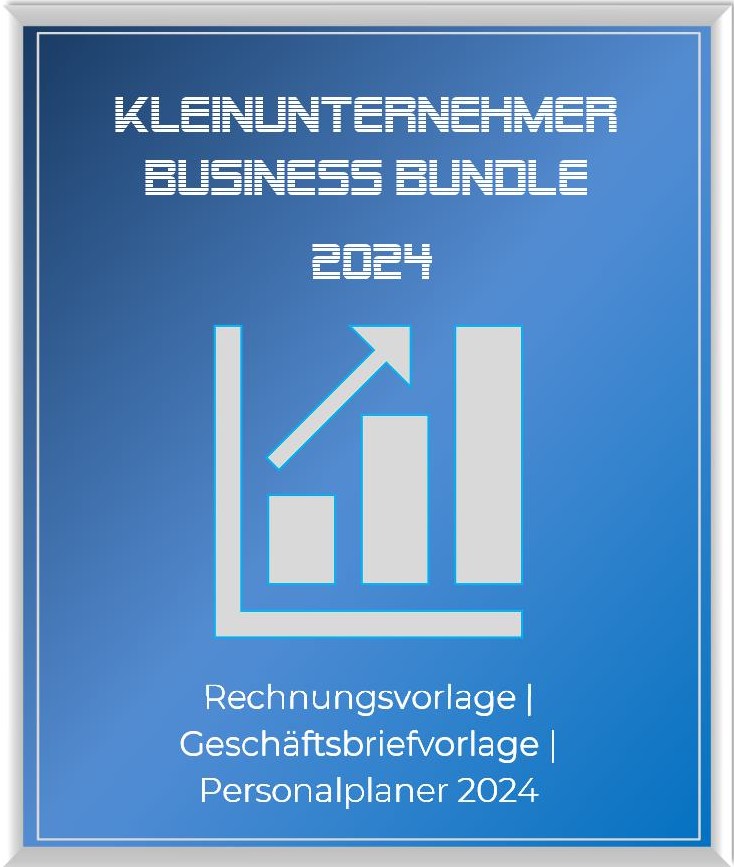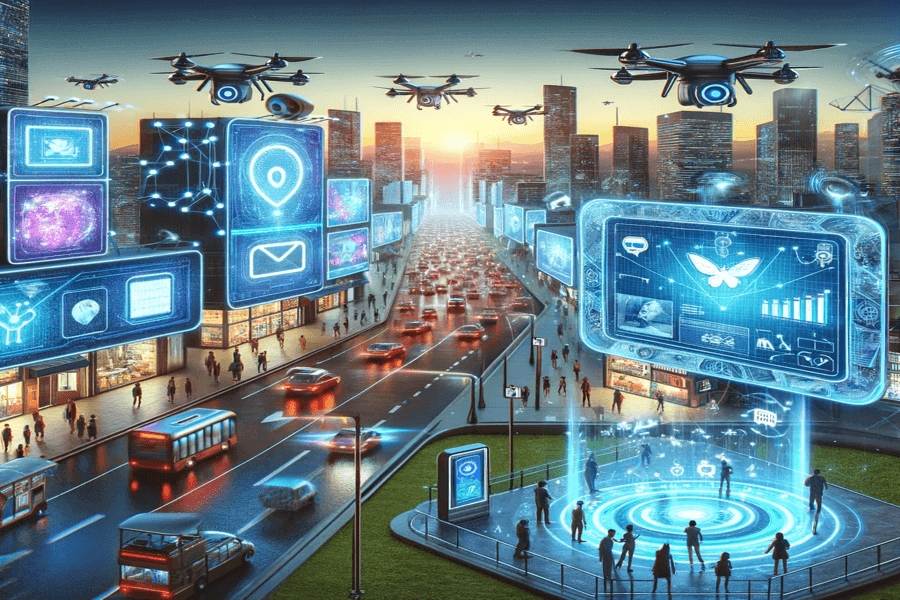The limits of limitless growth
In a world obsessed with constant growth, the limits of the planet often seem to be forgotten. We celebrate the ever-growing gross domestic product, glorify companies that expand year after year, and consume natural resources like there’s no tomorrow. But is this hunt for infinite growth sustainable? And what are the costs?

In this article, we examine the concepts and consequences of limitless growth. We take a critical look at the perpetual growth paradigm and ask if it’s time to embark on a new path. But we won’t neglect the financial system either, and examine why it depends on steady growth, and why an economy in permanent stagnation or recession causes massive problems.
The limits of limitless growth
In a world obsessed with constant growth, the limits of the planet often seem to be forgotten. We celebrate the ever-growing gross domestic product, glorify companies that expand year after year, and consume natural resources like there’s no tomorrow. But is this hunt for infinite growth sustainable? And what are the costs?

In this article, we examine the concepts and consequences of limitless growth. We take a critical look at the perpetual growth paradigm and ask if it’s time to embark on a new path. But we won’t neglect the financial system either, and examine why it depends on steady growth, and why an economy in permanent stagnation or recession causes massive problems.
A world in the fever of limitless growth
A world in the fever of limitless growth
We live in a world that is constantly counting on limitless growth – the GDPs (Gross Domestic Product) of nations are expected to increase year after year, companies are expected to continue to grow, and our consumption of natural resources is steadily increasing. This constant expansion has led to extraordinary advances, from increased wealth to amazing advances in technology to increased life expectancy. It seems that unlimited growth is the solution to all problems.
- But the price of this endless growth is high. Our environment is severely stressed by overproduction and overconsumption, and our natural resources are being depleted at an alarming rate. Climate change, species extinction and pollution are just some of the consequences.
- Moreover, the pursuit of constant growth leads to social inequality. While a few benefit massively from the economic expansion, many people are left behind. The gap between rich and poor is growing, both within individual countries and globally.
- Last but not least, there are ethical questions. Is it fair to consume resources on such a scale when others have little access to them? Is it right to strive for constant growth as an end in itself, regardless of the consequences?
We live in a world that is constantly counting on limitless growth – the GDPs (Gross Domestic Product) of nations are expected to increase year after year, companies are expected to continue to grow, and our consumption of natural resources is steadily increasing. This constant expansion has led to extraordinary advances, from increased wealth to amazing advances in technology to increased life expectancy. It seems that unlimited growth is the solution to all problems.
- But the price of this endless growth is high. Our environment is severely stressed by overproduction and overconsumption, and our natural resources are being depleted at an alarming rate. Climate change, species extinction and pollution are just some of the consequences.
- Moreover, the pursuit of constant growth leads to social inequality. While a few benefit massively from the economic expansion, many people are left behind. The gap between rich and poor is growing, both within individual countries and globally.
- Last but not least, there are ethical questions. Is it fair to consume resources on such a scale when others have little access to them? Is it right to strive for constant growth as an end in itself, regardless of the consequences?
The “green growth” paradox
The “green growth” paradox
Recently, the concept of “green growth” has become fashionable. It promises to decouple economic growth from environmental degradation by focusing on sustainable technologies and more efficient production methods.
But is this promise realistic?
It is possible to improve the efficiency of our production processes and use more environmentally friendly technologies. But these advances are often accompanied by the so-called “rebound effect Effect” nullified: As we become more efficient, we tend to consume even more.
You also have to consider that green technologies also require resources. Building wind turbines and solar cells, manufacturing electric cars, even producing “green” hydrogen – all of this requires materials and energy. So there are also limits to green growth. So green growth is by no means the same as sustainable growth. Just being “green” is not enough if we want to put our economy on a sustainable footing!
Recently, the concept of “green growth” has become fashionable. It promises to decouple economic growth from environmental degradation by focusing on sustainable technologies and more efficient production methods.
But is this promise realistic?
It is possible to improve the efficiency of our production processes and use more environmentally friendly technologies. But these advances are often accompanied by the so-called “rebound effect Effect” nullified: As we become more efficient, we tend to consume even more.
You also have to consider that green technologies also require resources. Building wind turbines and solar cells, manufacturing electric cars, even producing “green” hydrogen – all of this requires materials and energy. So there are also limits to green growth. So green growth is by no means the same as sustainable growth. Just being “green” is not enough if we want to put our economy on a sustainable footing!
The Myth of Infinity
The Myth of Infinity
For decades, the concept of unlimited economic growth has been a central paradigm ( basic way of thinking) in modern economics and economics. This belief in steady and unending growth seems so embedded in our understanding of economics that it’s almost heretical (bibl.deviating from the norm) appears to question it. Nevertheless, doubts about sustainability and the possibility of endless economic growth are increasingly coming to the fore.
Unlimited economic growth is based on the assumption that constant innovation, increases in productivity and the opening of new markets lead to constant growth. It relies on the idea that the earth’s resources and the environment’s capacity to absorb and regenerate waste are in some way unlimited. But this model has its limits. Our planet has finite resources and the capacity to regenerate is limited. The current climate crisis is a stark sign that we have already reached, if not exceeded, these limits.
In addition, economic crises, which occur again and again, show that constant growth is not always guaranteed. Economic growth is cyclical, with periods of expansion (economic growth) and recession (economic downturn). Looking at the past, this cycle has always lasted around 50 years.
Unfortunately, the idea of unlimited growth does not take into account the inherent (very own) fluctuations and instabilities of the market. Another problem with the idea of unlimited economic growth is the inequality that often accompanies it. While some benefit greatly from this growth, others are left behind. This growing gap between rich and poor raises serious questions about the equity and sustainability of unlimited economic growth. The idea of unlimited economic growth may be seductive, but it is ultimately a myth.
For decades, the concept of unlimited economic growth has been a central paradigm ( basic way of thinking) in modern economics and economics. This belief in steady and unending growth seems so embedded in our understanding of economics that it’s almost heretical (bibl.deviating from the norm) appears to question it. Nevertheless, doubts about sustainability and the possibility of endless economic growth are increasingly coming to the fore.
Unlimited economic growth is based on the assumption that constant innovation, increases in productivity and the opening of new markets lead to constant growth. It relies on the idea that the earth’s resources and the environment’s capacity to absorb and regenerate waste are in some way unlimited. But this model has its limits. Our planet has finite resources and the capacity to regenerate is limited. The current climate crisis is a stark sign that we have already reached, if not exceeded, these limits.
In addition, economic crises, which occur again and again, show that constant growth is not always guaranteed. Economic growth is cyclical, with periods of expansion (economic growth) and recession (economic downturn). Looking at the past, this cycle has always lasted around 50 years.
Unfortunately, the idea of unlimited growth does not take into account the inherent (very own) fluctuations and instabilities of the market. Another problem with the idea of unlimited economic growth is the inequality that often accompanies it. While some benefit greatly from this growth, others are left behind. This growing gap between rich and poor raises serious questions about the equity and sustainability of unlimited economic growth. The idea of unlimited economic growth may be seductive, but it is ultimately a myth.
Dependence of the financial system on economic growth
Dependence of the financial system on economic growth
Our current financial system is closely linked to the concept of economic growth. Indeed, one could say that it is built on the expectation of constant growth. But why is that and what happens when economic growth stops or even turns negative? Let’s take a closer look at this.
Zero or negative growth can therefore destabilize the financial system because:
- The ability to repay debt
- Investor expectations
And undermines general confidence in business. Our entire system of guilt & So interest is very fragile. However, that does not mean that we are necessarily tied to an economic system that requires constant growth. Instead, it requires a fundamental overhaul of our financial system and economic practices to adapt them to the limits of physical growth. But I don’t think that the countries of this world are ready for that. Because such a transformation would also require great sacrifices.
An old saying goes: “The pitcher goes to the well until it breaks”
The first cracks are already clearly visible in our economic system, and only when it breaks itself will we be ready for a redesign.
Our current financial system is closely linked to the concept of economic growth. Indeed, one could say that it is built on the expectation of constant growth. But why is that and what happens when economic growth stops or even turns negative? Let’s take a closer look at this.
Zero or negative growth can therefore destabilize the financial system because:
- The ability to repay debt
- Investor expectations
And undermines general confidence in business. Our entire system of guilt & So interest is very fragile. However, that does not mean that we are necessarily tied to an economic system that requires constant growth. Instead, it requires a fundamental overhaul of our financial system and economic practices to adapt them to the limits of physical growth. But I don’t think that the countries of this world are ready for that. Because such a transformation would also require great sacrifices.
An old saying goes: “The pitcher goes to the well until it breaks”
The first cracks are already clearly visible in our economic system, and only when it breaks itself will we be ready for a redesign.
Popular Posts:
With the webcam to your dream job: Preparation for the video job interview!
Streamline your video interview with our tips on technique, setting, dress, body language and preparation. It's not quite success from the sofa, but this is where you can prove your professionalism.
IT security: The deceptive appearance of digital security
In a digitized world, IT security is an important factor. But technology alone is not enough. A holistic strategy is needed that also takes into account the human component.
Import Stock Quotes into Excel – Tutorial
Importing stock quotes into Excel is not that difficult. And you can do a lot with it. We show you how to do it directly without Office 365.
Create Excel Budget Book – with Statistics – Tutorial
Create your own Excel budget book with a graphical dashboard, statistics, trends and data cut-off. A lot is possible with pivot tables and pivot charts.
Excel random number generator – With Analysis function
You can create random numbers in Excel using a function. But there are more possibilities with the analysis function in Excel.
Excel Database with Input Form and Search Function
So erstellen Sie eine Datenbank mit Eingabemaske und Suchfunktion OHNE VBA KENNTNISSE in Excel ganz einfach. Durch eine gut versteckte Funktion in Excel geht es recht einfach.
Popular Posts:
With the webcam to your dream job: Preparation for the video job interview!
Streamline your video interview with our tips on technique, setting, dress, body language and preparation. It's not quite success from the sofa, but this is where you can prove your professionalism.
IT security: The deceptive appearance of digital security
In a digitized world, IT security is an important factor. But technology alone is not enough. A holistic strategy is needed that also takes into account the human component.
Import Stock Quotes into Excel – Tutorial
Importing stock quotes into Excel is not that difficult. And you can do a lot with it. We show you how to do it directly without Office 365.
Create Excel Budget Book – with Statistics – Tutorial
Create your own Excel budget book with a graphical dashboard, statistics, trends and data cut-off. A lot is possible with pivot tables and pivot charts.
Excel random number generator – With Analysis function
You can create random numbers in Excel using a function. But there are more possibilities with the analysis function in Excel.
Excel Database with Input Form and Search Function
So erstellen Sie eine Datenbank mit Eingabemaske und Suchfunktion OHNE VBA KENNTNISSE in Excel ganz einfach. Durch eine gut versteckte Funktion in Excel geht es recht einfach.













































